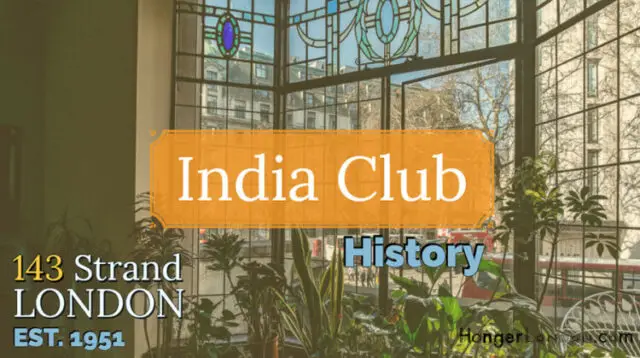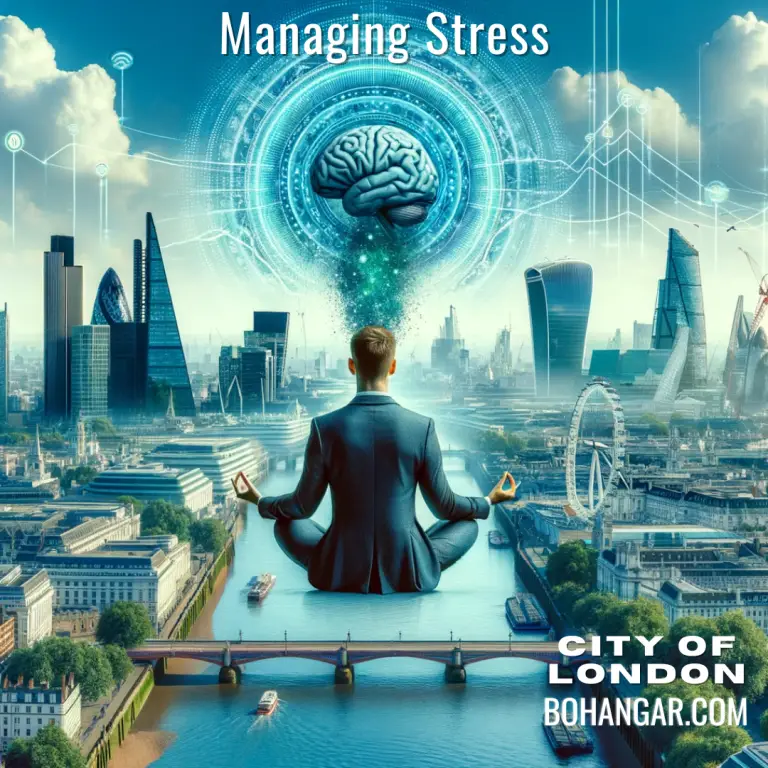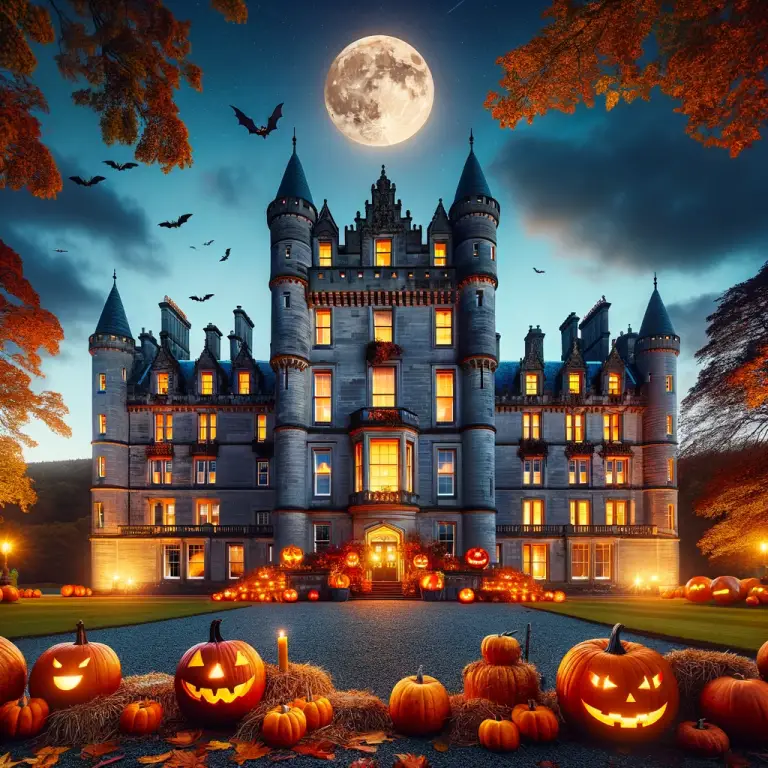The India Club, located at 143 Strand in the heart of London, is a unique and historic institution that has been serving authentic Indian cuisine and fostering cultural exchange between India and the UK for over 70 years.
Established in 1946 by a group of Indian journalists and nationalists, including Krishna Menon, India’s first High Commissioner to the UK, Prime Minister Jawaharlal Nehru, and Countess Mountbatten of Burma. The India Club was originally intended to serve as a meeting place for Indian students and intellectuals in London. Over the years, it has evolved into a popular restaurant and bar that is frequented by locals and tourists alike
The India Club’s interior has remained largely unchanged since it first opened its doors in the 1940s. The décor is a blend of Art Deco and Indian influences, with its distinctive red and gold color scheme, vintage furnishings, and murals of Indian scenes adorning the walls. Walking into The India Club is like stepping back in time, and it’s easy to imagine the lively conversations and debates that have taken place here over the decades.
The India Club has been recognised for its unique contribution to London’s cultural landscape and has been the recipient of several awards, including a Time Out Love London Award and a British Curry Award. It has also been featured in numerous films and TV shows, including the hit BBC series “Doctor Who.”
The menu at The India Club features a range of classic Indian dishes, such as butter chicken, lamb rogan josh, and vegetable biryani, all prepared with authentic spices and flavors. The restaurant also offers a daily thali, a traditional Indian meal served on a platter that includes a selection of curries, rice, bread, and dessert. The bar serves a variety of Indian beers, wines, and spirits, as well as classic cocktails.
A Club of Equality
No matter what profession or political viewpoint or social class the club was about forming friendships on equal terms. Sharing a cultural connection and support network. It has a bar, lounge, and restaurant. The Indian restaurant was one of the earliest in London for its time. Club membership ended in 2008. But people can still attend to eat and drink.
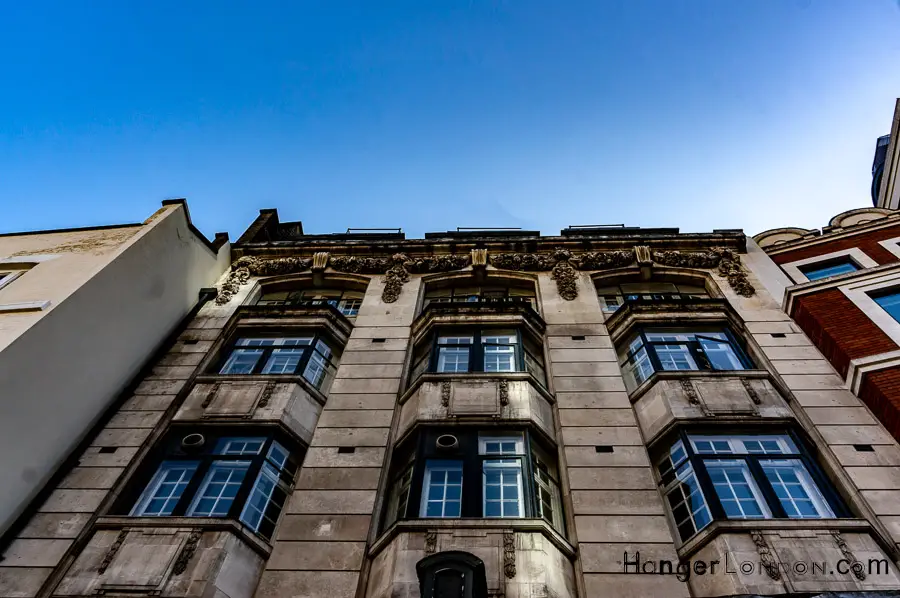
You did not have to be Indian to join or attend
To practice what it preached non-Indian heritage people could attend too. Many British had Indian connections or friends, had traveled, or gained more links and friendships as a result, and vice versa. This integration and forward attitude were very inclusive for the times.
Bush House, is also nearby the ornate building that used to be the HQ of the BBC world service. Now part of the Kings College campus. BBC staff would frequent the India Club they served different Indian language-speaking areas and traveled. The Cosmopolitan backdrop to the club provided structure to too many diverse people.
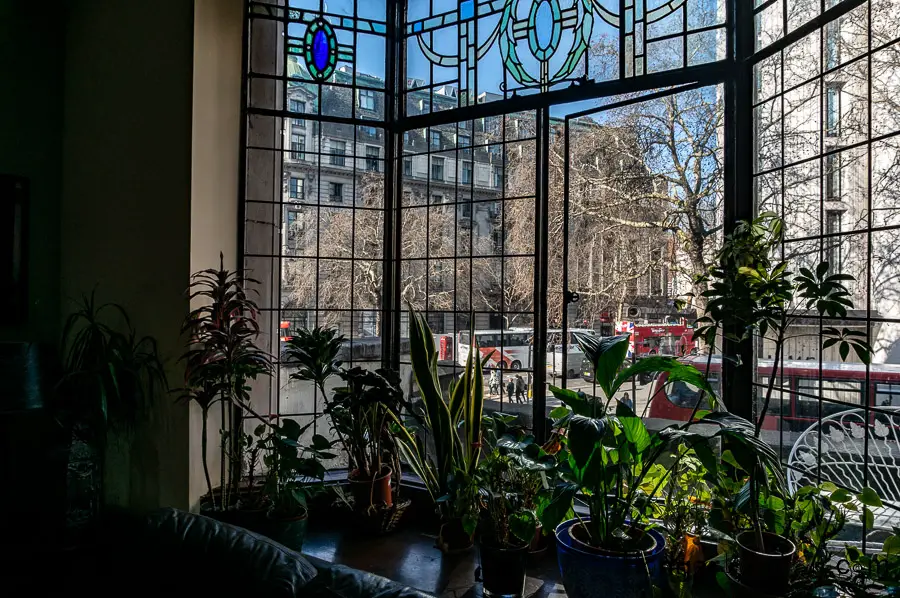
The curry club
One example of a club that held meetings at the India Club was the Curry Club which was formed in 1982 by Pat Chapman who was a food writer and broadcaster. Chapman is a total example of a British person with Indian Connections. Born in London during the Blitz with a father who was in the British Indian Army. Past generations of his family worked and lived in India right at the heart of where things were happening the British Raj and the East India Company. It is these types of people who had bought Indian Food in the Uk. Queen Victoria’s cosmopolitan curiosity about Indian culture and using Indian staff and befriending one also introduced the idea that Indian Cuisine was divine.
India League and the India Club.
The India League was an organisation based in Britain with the objective of achieving full independence for India. The driving force behind the India league was lawyer, V. K Krishna Menon.
The Commonwealth India League started around 1922 and later shortened its name. They formed it from Annie Besant’s Home Rule for India League 1916.
Their aim was to raise awareness of the injustices of British colonial rule in India and to strive for Indian Independence. Menon took a senior role in 1928 and enabled the spread of the organisations to other cities in England. They lobbied MPs; produced articles, and leaflets.
Who is Krishna Menon
Krishna Menon (one of the most controversial, enigmatic power figures of India) was a diplomat, politician, and nationalist. He did a record-breaking 8-hour speech in 1957 to the U.N. and is referred to as a “hero of Kashmir”. He worked as a literature editor he had some influence with Sir Allen Lane to set up Penguin Books. Menon did time working up through the ranks by Joining the Labour Party starting as a councilor for the Ward of St Pancras, ironically the location where Penguin books were born. In 2007 MI5 files were released which highlighted Menon being under surveillance since 1929! Speculation he didn’t trust the British, or was it vice versa? He was a political force that perhaps anyone in that role with a calibre of talents/connections could entail. This raised concerns that built to potential charges that were then dropped.
Who is Lady Mountbatten:
Lady Mountbatten of Burma, the name was actually Edwina Cynthia Annette Ashley. She was born on the 28 of November 1900 in Hampshire, England, and died on the 21 of February 1960 aged 59. Edwina was married to Louise Mountbatten and had 2 children. Ans was one founder of the India club.
Who was Jawaharlal Nehru?
Jawaharlal Nehru was born on 14 November 1889 in Allahabad in British India. His father, Motilal Nehru who belonged to the Kashmiri Pandit community, served twice as President of the Indian National Congress during the Independence Struggle. Jawaharlal Nehru was an Indian independence activist, technically the first Prime Minister of India, and a central figure in Indian politics before and after independence, as an independent nation. Nehru was one of India’s Longest-serving PMs till his death in 1964. He has been described by Amar Chitra Katha as the architect of India. Another first was Nehru’s daughter who became India’s first female Prime minister in 1966 Indira Gandhi.
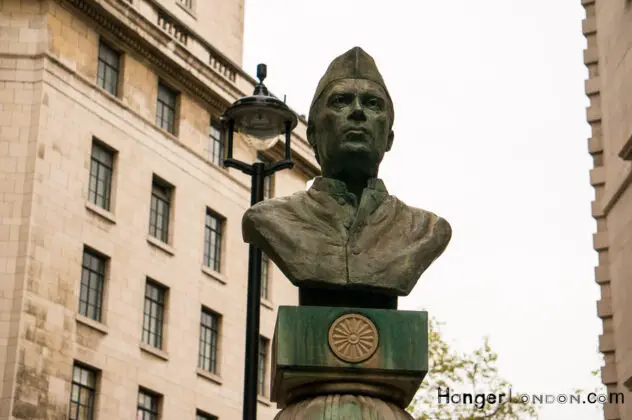
Bust of Jawaharlal Nehru
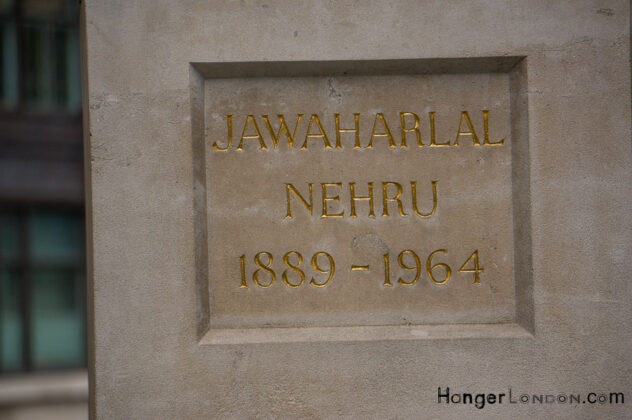
Plans to remove the India Clubs’ iconic location
In 2017 Westminster Council had planned to develop the building into hotel accommodation. 30,000 signatures were obtained to object to this, and the club survived.
National Trust
The National Trust connects to this story because it was interested in preserving the legacy and story of the people as part of the India Club’s fabric and influenced others. Documenting and researching the story. They set up an exhibition for the public from up. The work will be available at the British Library. Details online are also available at
www.nationaltrust.org.uk/features/a-home-away-from-home-the-india-club.
It is through this exhibition that we have identified the details of the 2 stories outlined below.
The Indo-British Heritage Trust was co-founded by someone who came to London in 1953. Dr. Kusum Vadgama had rebelled against oppressive headmasters and mindsets in India. She came to the UK to study Optometry. Immediately told about the Club via India House. She faced discrimination whilst looking for work which inspired her to set up her own practice. Further to that, she wrote about some problems migrants faced in the newspaper India Weekly. Instigating little group meetings at the club for specific causes, enabled her to not only write books on Indo-British culture but also set up the Indo-British Heritage Trust.
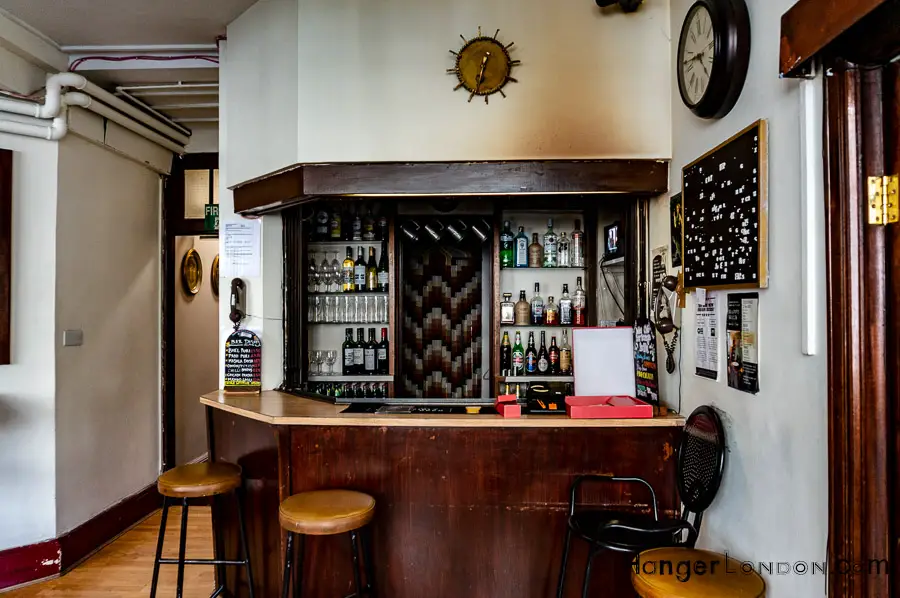
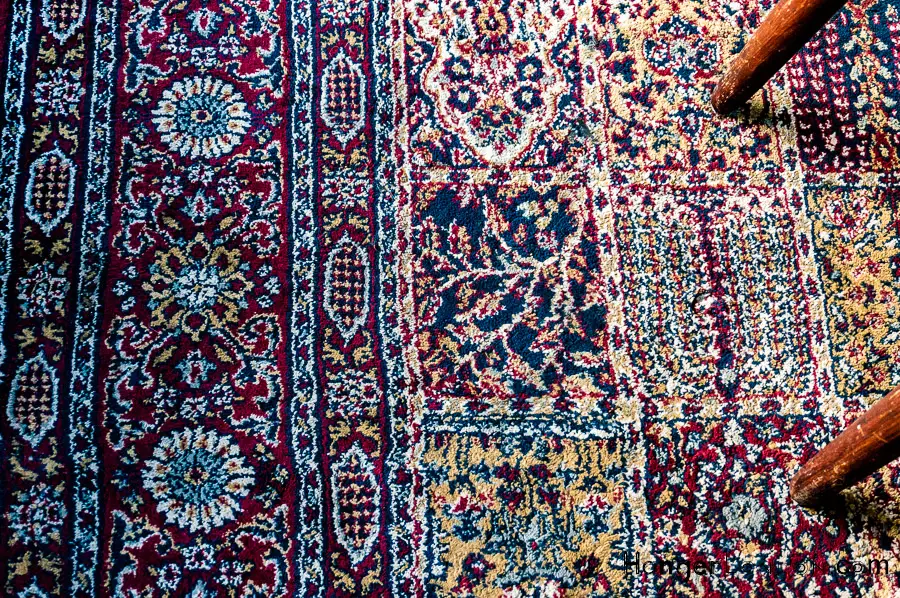
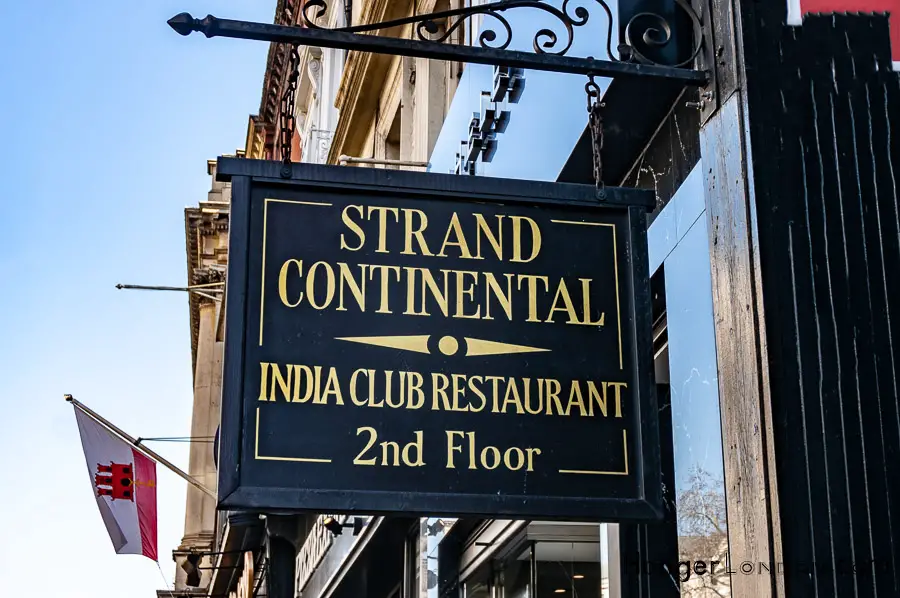
Independence forged the need for good relations
As Independence grew so did, the need to improve relations between Britain and India and the desire to have social networking hub in London.
As a result, The India Club launched on the 12th of January 1951.
At the heart was the aim of being an Indian-themed social space and dining club a home from home. Membership was how it started, networking for visitors, students, and those who were moving to start life in the Uk. Indian-themed Organisations and Group representatives would attend, and journalists, respected trades, traditional craftsmen, artists, politicians, and influential people.
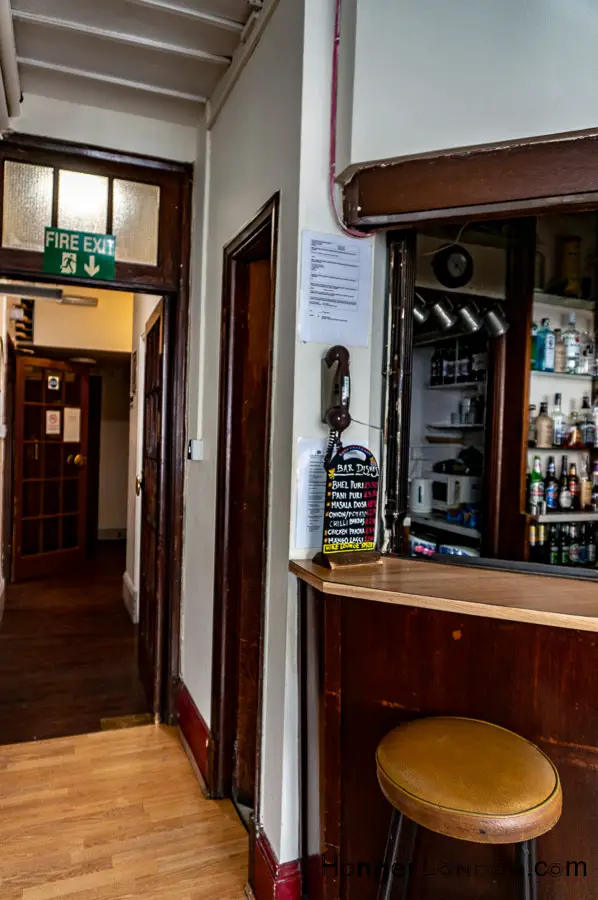
To practice what it preached non-Indian heritage people could attend too. Many British had Indian connections or friends, had traveled, or gained more links and friendships as a result, and vice versa. This integration and forward attitude were very inclusive for the times.
Bush House is also nearby the ornate building that used to be the HQ of the BBC world service. Now part of the Kings College campus. BBC staff would frequent the India Club as they served different Indian language-speaking areas and traveled. The Cosmopolitan backdrop to the club provided structure to many diverse people.
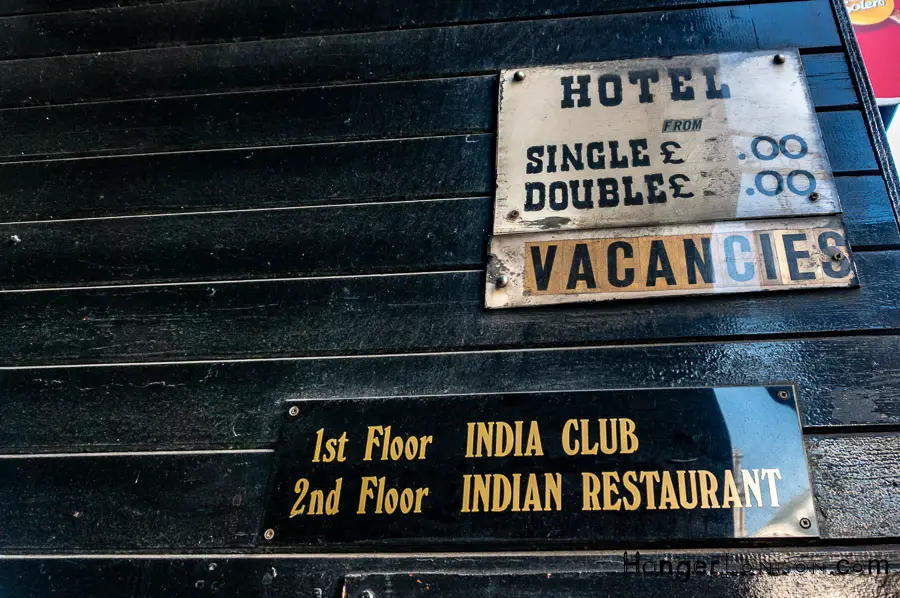
Diversity of Members
Back in the day barristers would also dine at the India Club and have conversations with anyone from academics to cultural leaders to share the lounge with people who had just arrived and were living in a small dwelling adjusting to the climate. The daughter of the Indian Prime minister attended and the broader Asian community, examples were the Indian Workers Association, The Goan Association, the Calcutta Rowing Club, the Indian Journalists Association, the Indian Socialist Group of Britain, and the Indian Women’s Organisation.
The India League also progressed into forming free legal advice and research.
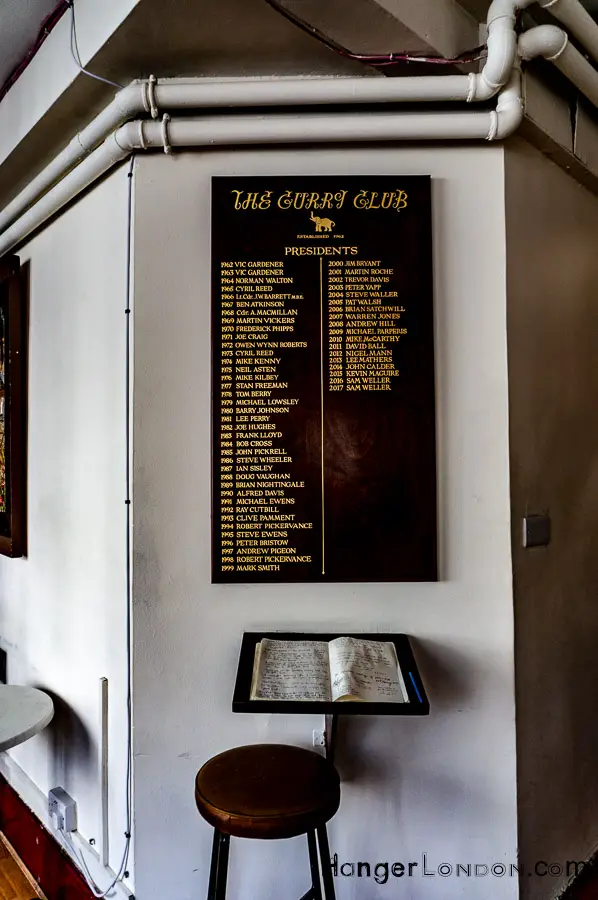
Curry Club meets India Club
One example of a club that held meetings at the India Club was the Curry Club which was formed in 1982 by Pat Chapman, who was a food writer and broadcaster.
Background to the Curry Club
Chapman is a total example of a British person with Indian Connections. Born in London during the Blitz with a father who was in the British Indian Army. Past generations of his family worked and lived in India right at the heart of where things were happening the British Raj and the East India Company. It is these types of people who had bought Indian Food in the Uk. Queen Victoria’s cosmopolitan curiosity about Indian culture and using Indian staff and befriending one also introduced the idea that Indian Cuisine was divine.
being part of something
Chapman’s vision to spread the love of cooking Indian food, blossomed into teaching courses, forming an organisation, books, tv, DVDs, and magazine. People were curious about the ingredients and how to prepare these exotic dishes.
His early appreciation for the food culture enabled him to fulfill that gap in the market that grew because culturally Britain became interested in recreating exotic, authentic Indian dishes at home, something men could do too. Much like the ethos of the India Club the Curry Club was about exchanging information with people who had a mutual appreciation and interest in the same thing.
Plans to destroy the India Clubs
In 2017 Westminster Council had planned to develop the building into hotel accommodation. 30,000 signatures were obtained to object to this, and the club survived.
The legacy of who the club helped over time came back to return the favor by a show of support for the club’s existence as viewpoints flooded in
Views reiterated how it was a London institution and central point to immigration that occurred at a time in history. Postwar Britain was tough for everyone. Plus many Indians had been ordered to take part in WW2 without consultation before being given their Independence back so why should a United Hub in a tiny building in London be erased from history?
That its founders were part of the independence of India. That its members witnessed and experienced change not only for India but also for Britain.
One of the original founders of the club was an Indian Woman
Savitri Chowdhary, author of Indian Cooking published in 1954. Chowdhary knew firsthand what it was like to arrive in Britain, with her GP Husband in 1932, they both built a successful life here. She kept a link with the club constantly even to the present times.
The Indo-British Heritage Trust was co-founded by someone who came to London in 1953. Dr. Kusoom Vadgama had rebelled against oppressive headmasters and mindsets in India. She came to the UK to study Optometry. Immediately told about the Club via India House. She faced discrimination whilst looking for work which inspired her to set up her own practice. Further to that, she wrote about some problems migrants faced in the newspaper India Weekly. Instigating little group meetings at the club for specific causes, enabled her to be able to not only write books on Indo-British culture but also set up the Indo-British Heritage Trust.
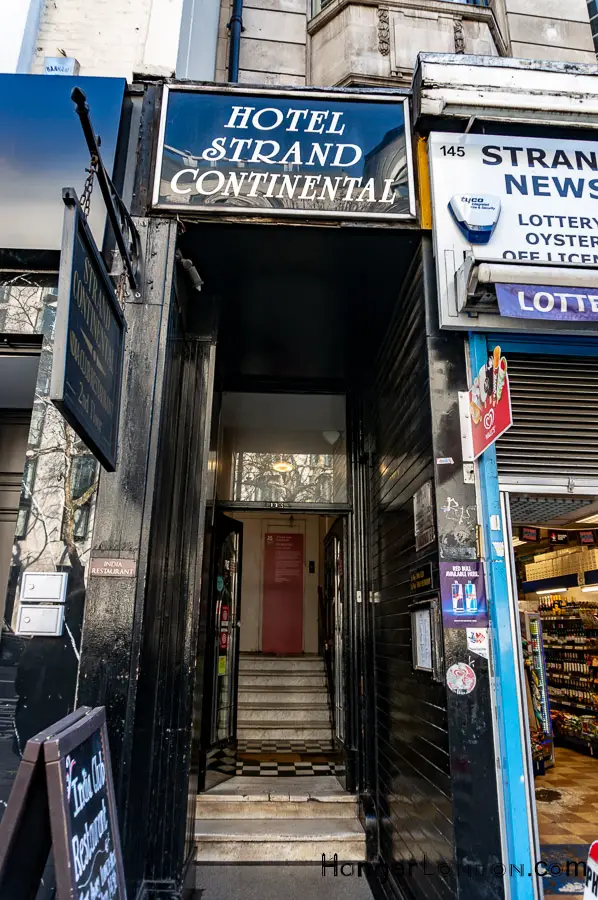
Location, where is India Club?
Initially, it was near Charing Cross at 41 Craven Street for a short time but relocated to its present-day location.
143- 146 Strand London WC2R 0PT
The club is on the same side of the road as Somerset House estate and a stone’s throw from the Royal Courts of Justice. Another convenient landmark opposite would be that of India House (The High Commission).
143 Strand, City of Westminster, England, United Kingdom
Cutty Sark: The last Tea Clipper -1869 – Victory over Tragedy

